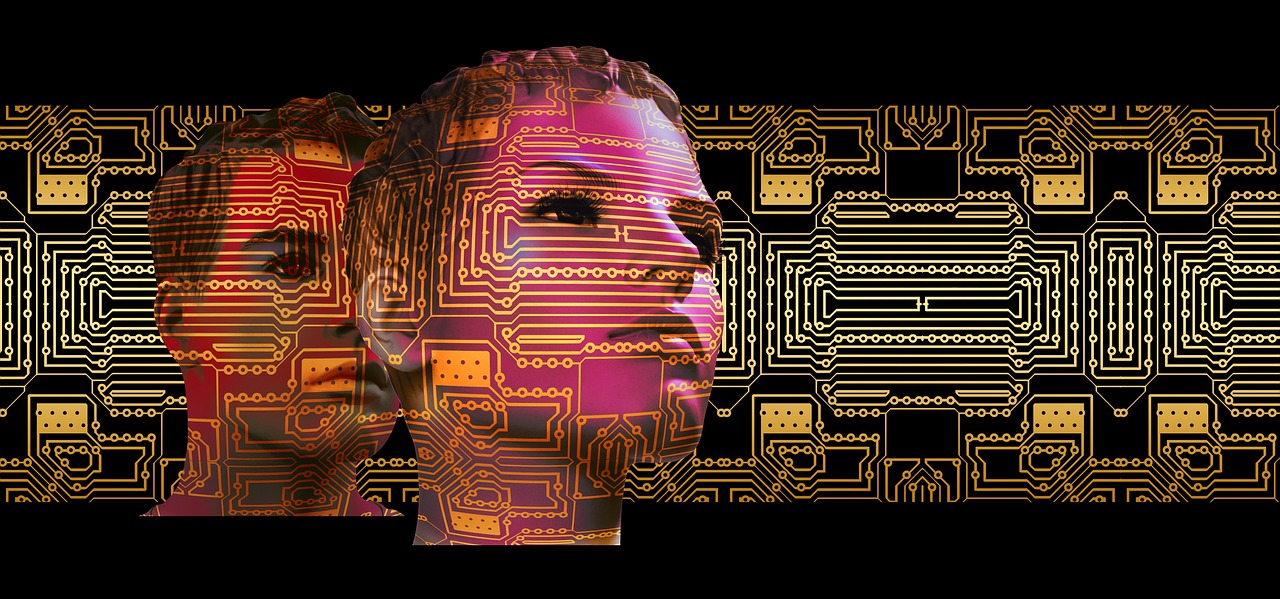Machine learning (ML) is no longer a futuristic fantasy; it’s a powerful reality reshaping industries across the board. From personalized recommendations on your favorite streaming platform to cutting-edge medical diagnoses, ML algorithms are quietly working behind the scenes, optimizing processes, predicting outcomes, and creating entirely new possibilities. This post delves into the diverse and impactful use cases of machine learning, providing practical examples and highlighting how businesses and individuals can leverage this transformative technology.
Machine Learning in Healthcare
Healthcare is undergoing a revolution thanks to machine learning. Its ability to analyze vast datasets, identify patterns, and make predictions is improving diagnostics, treatment, and patient care.
Disease Diagnosis and Prediction
ML algorithms can analyze medical images (X-rays, MRIs, CT scans) with remarkable accuracy, often surpassing human capabilities in detecting subtle anomalies. This can lead to earlier and more accurate diagnoses of diseases like cancer, Alzheimer’s, and heart disease.
- Example: Deep learning models are used to analyze retinal scans to detect diabetic retinopathy, a leading cause of blindness. They can identify early signs of the disease, allowing for timely intervention and preventing vision loss.
- Benefit: Earlier detection improves treatment outcomes and survival rates.
Personalized Medicine
ML enables the development of personalized treatment plans based on an individual’s genetic makeup, lifestyle, and medical history.
- Example: Machine learning algorithms analyze patient data to predict their response to different medications. This helps doctors choose the most effective treatment option and minimize side effects.
- Benefit: Personalized medicine leads to more effective and targeted therapies, improving patient outcomes and reducing healthcare costs.
Drug Discovery and Development
The drug discovery process is notoriously long and expensive. ML can accelerate this process by predicting the effectiveness of drug candidates and identifying potential side effects.
- Example: ML models are used to screen millions of compounds to identify those that are most likely to bind to a specific target protein. This reduces the number of compounds that need to be tested in the lab, saving time and resources.
- Benefit: Faster drug discovery and development can bring life-saving treatments to market more quickly.
Machine Learning in Finance
The finance industry has been an early adopter of machine learning, leveraging its power to manage risk, detect fraud, and personalize customer experiences.
Fraud Detection
ML algorithms can analyze transaction data in real-time to identify fraudulent activity. They can detect patterns that are indicative of fraud, such as unusual spending habits or transactions from unfamiliar locations.
- Example: Credit card companies use ML models to detect fraudulent transactions and prevent financial losses. These models learn from historical data and can quickly adapt to new fraud patterns.
- Benefit: Reduced financial losses and improved security for customers. According to a report by Juniper Research, AI-powered fraud detection will save banks $30 billion annually by 2024.
Algorithmic Trading
ML algorithms can be used to develop automated trading strategies that can execute trades based on market conditions. These algorithms can analyze vast amounts of data to identify profitable trading opportunities.
- Example: Hedge funds use ML models to predict stock prices and execute trades automatically. These models can identify subtle market trends that humans might miss.
- Benefit: Increased trading efficiency and profitability.
Risk Management
ML can help financial institutions assess and manage risk more effectively. It can analyze credit risk, market risk, and operational risk, providing insights that can inform decision-making.
- Example: Banks use ML models to assess the creditworthiness of loan applicants. These models analyze a variety of factors, such as credit history, income, and employment status, to predict the likelihood of default.
- Benefit: Improved risk assessment and reduced loan defaults.
Machine Learning in Retail and E-commerce
Retailers and e-commerce businesses are using machine learning to personalize customer experiences, optimize inventory management, and improve marketing effectiveness.
Personalized Recommendations
ML algorithms analyze customer data to provide personalized product recommendations. These recommendations are based on factors such as past purchases, browsing history, and demographics.
- Example: E-commerce platforms like Amazon and Netflix use recommendation engines powered by machine learning to suggest products or movies that users are likely to enjoy.
- Benefit: Increased sales and customer satisfaction. Studies show that personalized recommendations can increase conversion rates by up to 50%.
Inventory Management
ML can help retailers optimize their inventory levels by predicting demand for different products. This can reduce stockouts and minimize holding costs.
- Example: Retailers use ML models to forecast demand for seasonal products. These models take into account factors such as weather patterns, holidays, and historical sales data.
- Benefit: Reduced stockouts and optimized inventory levels, leading to increased profits.
Targeted Marketing
ML can be used to target marketing campaigns more effectively by identifying the customers who are most likely to respond.
- Example: Retailers use ML models to segment their customer base and target them with personalized offers. These models analyze customer data to identify groups of customers with similar characteristics and preferences.
- Benefit: Improved marketing ROI and increased sales.
Machine Learning in Manufacturing
Machine learning is transforming the manufacturing industry by improving efficiency, reducing downtime, and enhancing product quality.
Predictive Maintenance
ML algorithms can analyze data from sensors on equipment to predict when maintenance is needed. This can prevent breakdowns and reduce downtime.
- Example: Factories use ML models to predict when machines are likely to fail. These models analyze data such as temperature, vibration, and pressure to identify early signs of wear and tear.
- Benefit: Reduced downtime and maintenance costs. According to McKinsey, predictive maintenance can reduce maintenance costs by up to 40%.
Quality Control
ML can be used to automate quality control processes. It can analyze images and other data to identify defects in products.
- Example: Manufacturers use ML models to inspect products for defects on the assembly line. These models can identify even subtle defects that humans might miss.
- Benefit: Improved product quality and reduced waste.
Process Optimization
ML can help manufacturers optimize their production processes by identifying areas where efficiency can be improved.
- Example: Factories use ML models to optimize the settings of their machines. These models can identify the optimal settings for temperature, speed, and other parameters to maximize production output and minimize waste.
- Benefit: Increased efficiency and reduced costs.
Conclusion
Machine learning is a rapidly evolving field with the potential to transform virtually every industry. From healthcare and finance to retail and manufacturing, ML is already delivering significant benefits in terms of improved efficiency, reduced costs, and enhanced customer experiences. As ML technology continues to advance, we can expect to see even more innovative and impactful applications in the years to come. By understanding these use cases, businesses and individuals can start exploring how machine learning can help them achieve their goals and gain a competitive advantage.




